I consider myself a respectable foodie, but the fact remains: cooking, for me, is a chore.
Sure, I have my go-to recipes – mostly Japanese dishes – but I certainly don’t shy away from the convenience of a frozen meal. Even worse, I often end up cooking the same things on rotation. Not the healthiest of habits, I will admit.
What if, I wondered, I could create my own recipes to shake things up? Instead of spending hours recreating someone else’s ideas, what if I could design dishes based on my own personal preferences, all while mastering the art of pairing ingredients, perhaps gain an ability to troubleshoot recipes?
But to what degree can a layperson create a decent recipe from scratch? In the interest of science, I decided to answer this question, starting out by making something simple and versatile: condiments.
How To Pick And Pair Ingredients
To get started, I needed to learn how to pair ingredients and combine flavour profiles – something that professional cooks train for years to do. To fast-track things a bit, I turned to The Art & Science of Foodpairing, a guide that takes a scientific approach to food pairing, one that – gasp – anyone can learn.
The authors have analysed over 3,000 different ingredients by measuring them against 14 aroma types, then combined the database with a specific philosophy: “The most successful food pairings strike a carefully measured balance between complexity and coherence. As humans, we crave variety, yet we also seek out familiar elements or structures that help us make sense of novel experiences.”
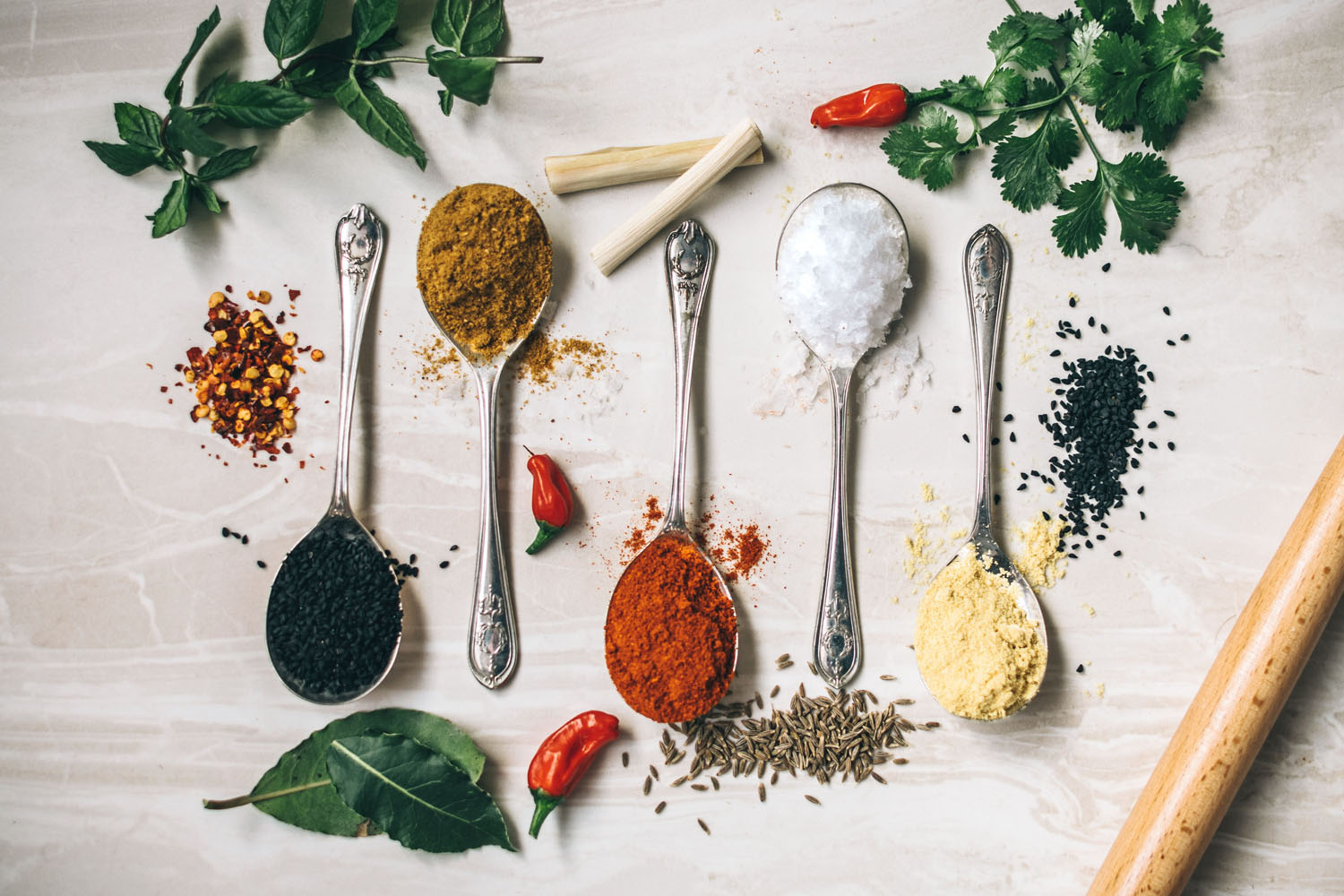
The concept is simple yet brilliant: taste an ingredient, and try to define its different aroma types, as you would do in wine tasting. Does it taste more herbaceous, sweet, spicy, maybe fruity? In which proportions?
Do that for a few ingredients – you could start with your favourite ones – and then see if they share common aroma types. If so, you can try pairing them, and every so often add an ingredient that exalts a different aroma type to introduce variety.
My First Attempt: Tomato Sauce
Taking these principles, I set out to create my first recipe – and since I am Italian, I felt compelled to try my hand at some variation of a tomato sauce. After all, it’s a classic my mother taught me to make in my early teens.
Thanks to the book, I learned that tomatoes pair well with, among others, persimmon, raisins, guava and almonds. After discarding the raisins, and seriously considering the persimmon, I settle for the safer option: almonds. These, in turn, pair well with cottage cheese, an unheard-of ingredient for a tomato sauce. I know that roasted almonds are used in pesto rosso, a traditional Sicilian sauce in which they are blended with dry tomatoes, Parmesan, olive oil and garlic – but that’s not a tomato sauce. What if I use the almonds as a crunchy topping, and the cottage cheese as a fresh note? The combination sounds promising, so I decided to try. The result?
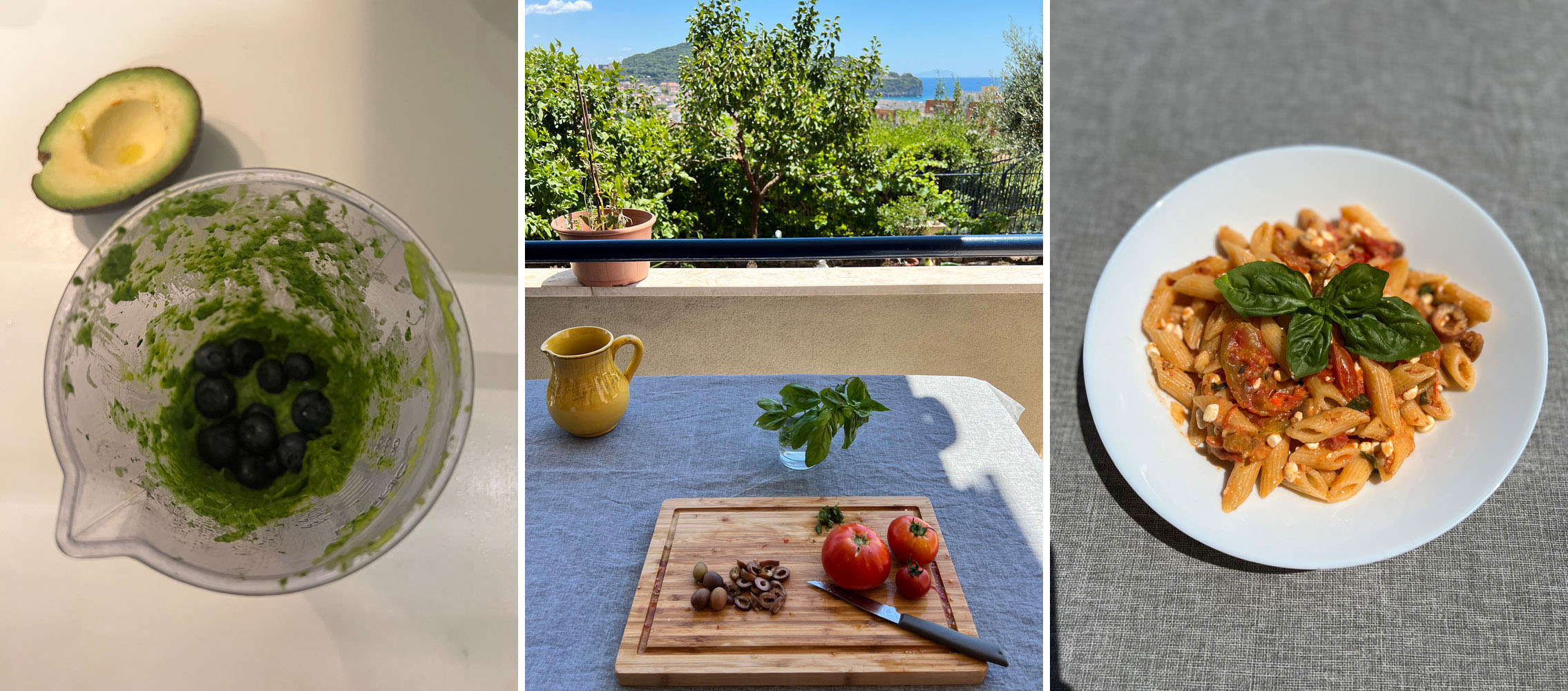
[Photos: Livia Formisani]
Deconstructed Sicilian Pesto
For two hungry people (200 grams of pasta)
400 grams of fresh, ripe tomatoes
200 grams of cottage cheese
40 grams of roasted almonds, coarsely chopped
1 small shallot, cut into small pieces
20 grams of extra virgin olive oil
6 brown olives
4 large leaves of fresh basil, cut into thin strips
In a pan, I sautéed the shallot in extra virgin olive oil on low heat until golden (this is called Italian soffritto, and it’s the base of all tomato sauces). Then I added the tomatoes and let them cook, covered, for 15 minutes, tossing in a tiny pinch of sugar at the end to mitigate the acidity. The olives followed suit – pitted and cut into slices – and I let the mix simmer for five more minutes. I took the pan off the stove, and once it cooled, I added the cottage cheese, roasted almonds and basil. Finally, I mixed the sauce with the pasta.
The Result
I really liked how the cottage cheese rounded out this sauce, while the almonds lended a smoky note without throwing it off balance. What I missed, though, was a flavourful kick – hence the olives, which I added on my second attempt. All in all, I was very satisfied with it: I made a sauce using ingredients that suit my palate without having to spend time browsing books and blogs. Even better, instead of mechanically following a list of instructions, I was forced to find creative solutions.
Trial By Fire: My First Hot Sauce
For my second recipe creation, I decided to go for something more challenging: a hot sauce for my next barbecue. Given the subject, the only way to go about making it was incrementally, by tasting and trying as I added ingredients little by little. Thankfully, I had already picked the key ingredient of my sauce: wasabi, which I find more exotic and less aggressive than chilli pepper (also, the Scoville scale frightens me).
I learnt from the book that wasabi pairs well with arugula, which shares the same dominant green and herbal aromas, as well as avocado and blueberries. Sounds tasty. The subtle spiciness of arugula would pair well with the more overt heat of the wasabi, while the sweetness of the blueberries would create a contrast to any pungency, as I had learned from the book. What’s more, the fat from the avocado would balance any sharp flavours, and double as a yummy base.
Contrary to my initial expectations, the result was promising, but something was missing to tie everything together. Going back to the drawing board, I returned to the idea that fat reduces both acidity and pungency. Maybe adding a different kind of fat would help? I added a tablespoon of olive oil and finally struck a balance. It was ready.
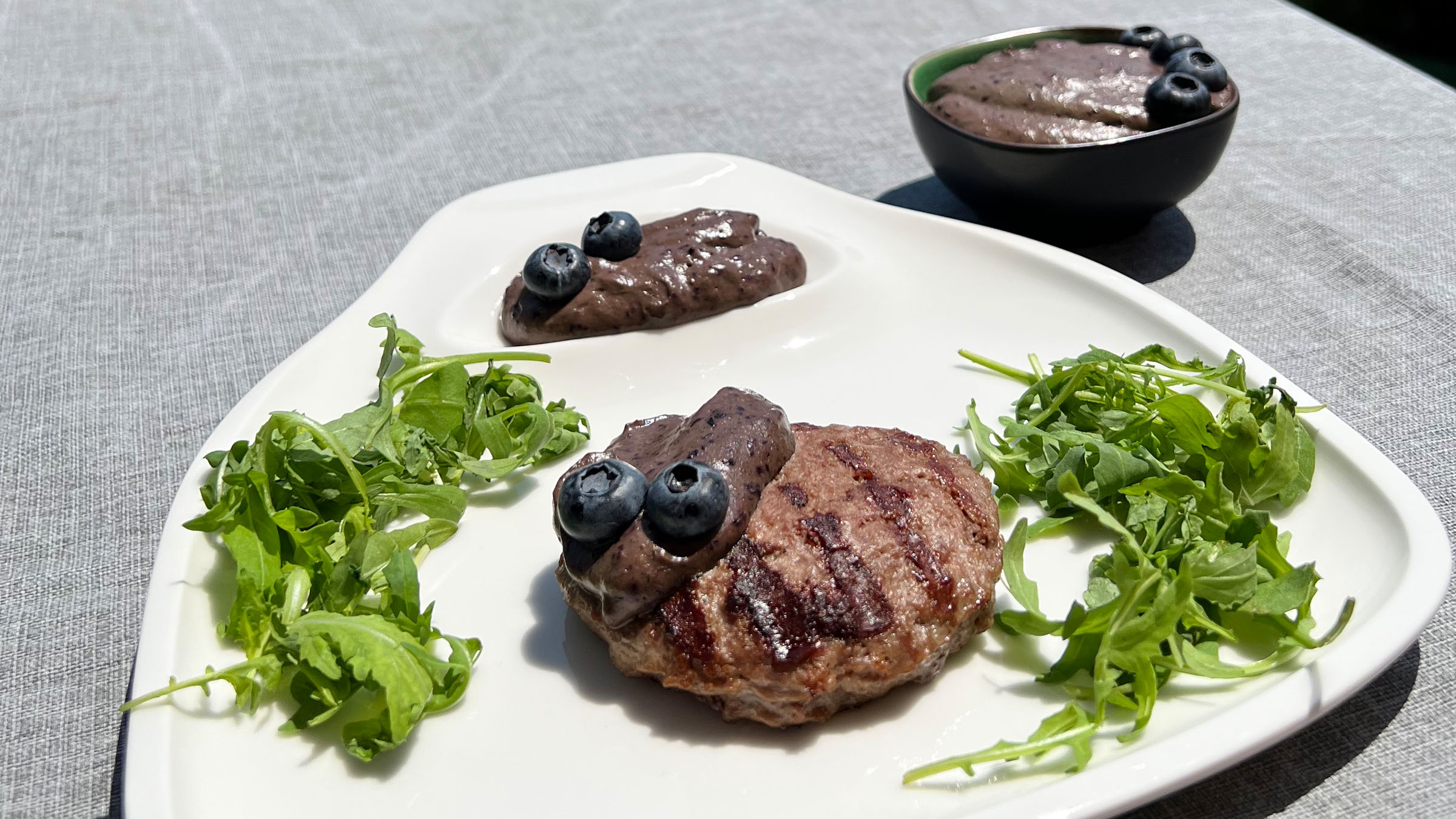
[Photos: Livia Formisani]
Fruity Wasabi Mole
Makes three servings (150 grams of sauce)
30 grams of arugula
90 grams of avocado
A (small) pinch of salt
20 grams of extra virgin olive oil
45 blueberries
5 levelled teaspoons of wasabi
10 drops of lemon juice
Purple food colouring, if desired
The Result
The sauce was fresh and pungent at first, like arugula and olive oil, then delicately fruity with a nutty undertone, and then the wasabi hit. Frankly, I fell in love. I was particularly amazed by how the flavour evolved over time, a sign that the sauce had depth and complexity. As a final exam, I slathered it on a roasted burger, and, with my eyes closed, I imagined sitting at a hipster burger joint in deepest Brooklyn. It worked!
Designing Your Own Recipes: Worth It?
As with any creative endeavour, creating your own recipes is a messy process, requiring much trial and error. Still, I found it enriching, as it taught me to taste the full complexity of an ingredient, which has changed the way I experience food – no matter who cooks it. Moreover, I learned important basics along the way, and trained my brain to think outside the box. And the best part of it all? My deep dive into flavours turned a chore into a journey of discovery that will make every meal more adventurous. I am coming for you, persimmon.

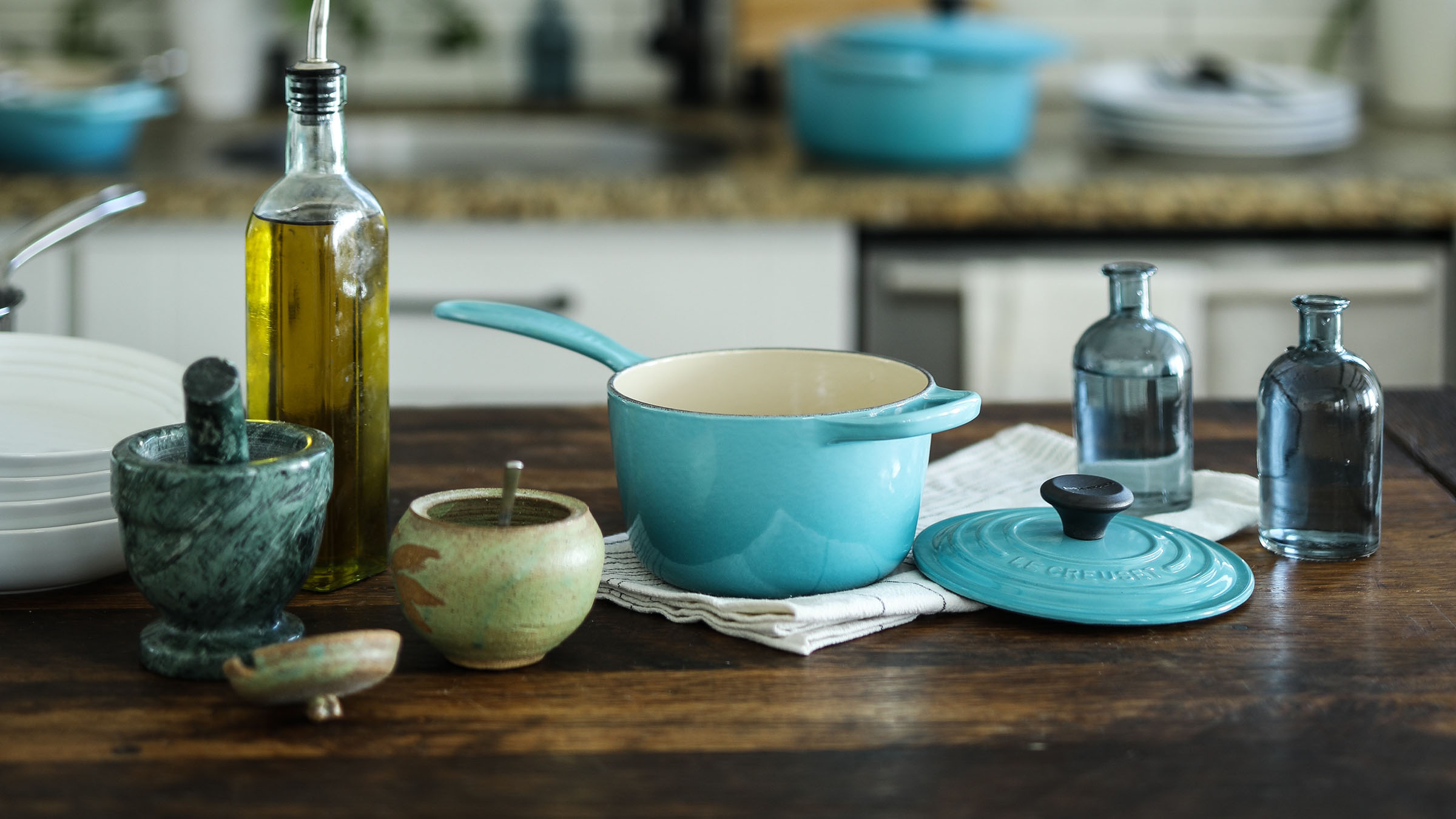

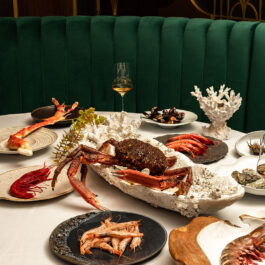










Sorry, the comment form is closed at this time.